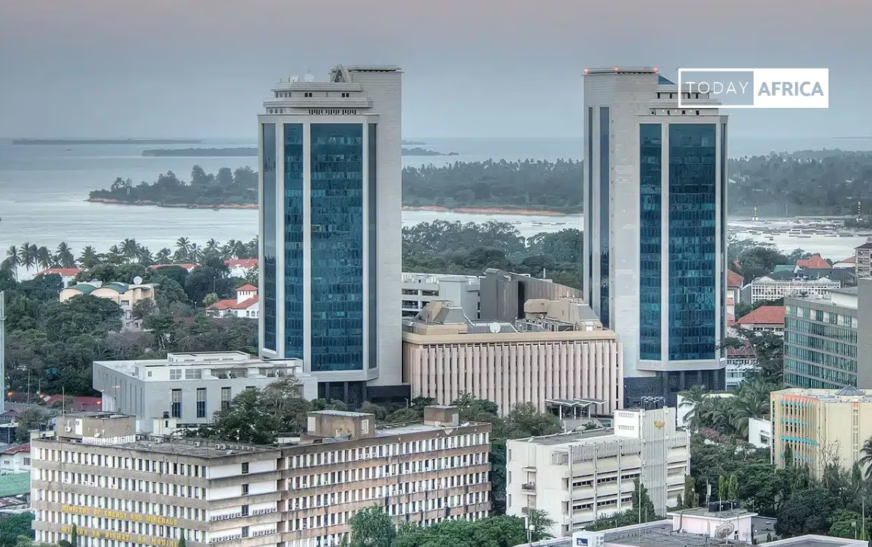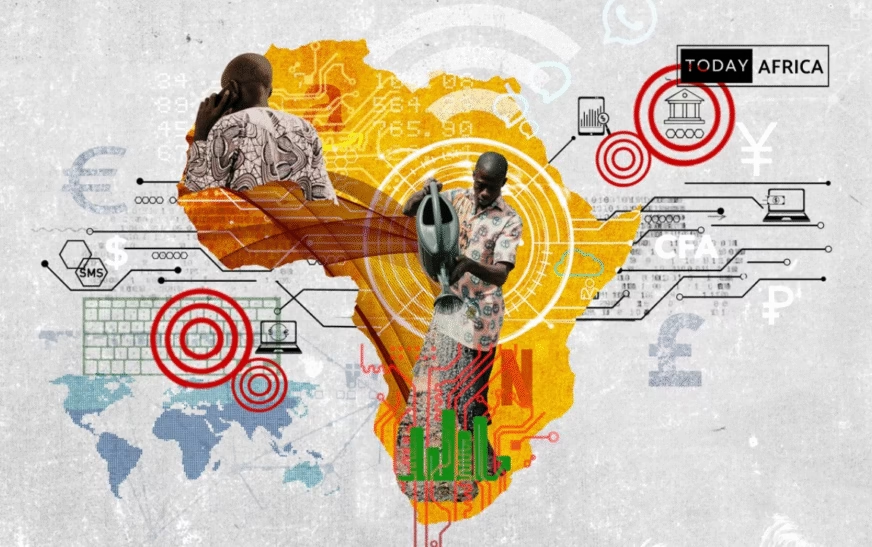Tanzania’s digital payments more than doubled in value in 2024, with the country’s national switch processing TSh29.9 trillion ($11.6 billion) in transactions by December, up from TSh12.5 trillion ($4.9 billion) in the previous year, according to the Bank of Tanzania’s (BoT) latest financial stability report.
The Tanzania Instant Payment System (TIPS), launched in 2020, allows customers to move money instantly across banks, mobile money wallets, and other licenced financial institutions, an essential step in tackling fragmentation in Tanzania’s payments.
In 2024, the system handled 454 million transactions, nearly twice the 236 million recorded in 2023, after participating institutions rose to 46.
“The system has emerged as a key pillar in Tanzania’s digital financial infrastructure, facilitating instant payments and promoting financial inclusion, particularly among underserved communities,” BoT said in the report.
Unlike Kenya’s market-led model, where Safaricom’s M-Pesa dominates the mobile money market, Tanzania has opted for a more centralised approach, placing interoperability at the core of its digital payments strategy. TIPS is a centralised clearing system backed by the central bank.
See Also: Kenya’s DigiTax gets approved to offer e-invoicing in Nigeria
However, Kenya’s mobile money ecosystem remains far larger by comparison. In 2024, mobile money transactions in Kenya hit KES 8.7 trillion ($67.3 billion), equivalent to more than half of the country’s GDP.
Tanzania has also enhanced its Financial Services Registry (FSR) with geospatial mapping tools to track the reach of financial services to close persistent access gaps in rural areas.
According to BoT, as of December 2024, the country had over 52,000 financial access points—including mobile money agents, bank branches, and ATMs—but coverage remains uneven.
In some rural districts, access points remain below the national average of 4.8 per 10,000 adults, compared to urban areas like Dar es Salaam, where the ratio exceeds 15 per 10,000.
The regulator is betting on the GIS-enabled registry to visualise these disparities and target underserved regions for investment and expansion.
By contrast, Kenya—where mobile money penetration is significantly higher—recorded over 320,000 mobile money agents nationwide in 2024, with an average of 11 access points per 10,000 adults, according to data from the Central Bank of Kenya.
Leave a comment and follow us on social media for more tips:
- Facebook: Today Africa
- Instagram: Today Africa
- Twitter: Today Africa
- LinkedIn: Today Africa
- YouTube: Today Africa Studio
















